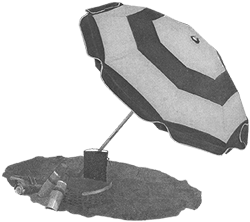What happens when you try and make a couch with an LLM? Or a puppet? Our Industrial Designers spend a lot of time living in all three dimmensions, building and prototyping physical products that make a sound when you drop them. And oftentimes this process begins by using modelling software, like Rhino, to design the thing. For this session, we experimented with how code generated by Gemini and Chat GPT could create 3D shapes. We began with a puppet, and then tried making a plush couch.The initial couch our Python script gave us was pretty severe and not very plush, so we spent time going through the reasoning model's code, and making adjustments until it gave us a reasonably comfortable-looking couch. The key was to prompt Chat GPT's code writer with actual pictorial examples of what it got wrong so it could debug itself. Once we had our couch, we transitioned to Keyshot where we played around with different textures. Using image generators to get a picture of a cloud, we ported over the texture of the picture to Keyshot's material tile. It took a few tries, going back and forth between Chat GPT and Photoshop to make sure the picture was the right format for Keyshot to create a textutre, but eventually we made a couch that looked like it was made out of clouds. And then a couch that looked like it was made out of ice. It wasn't a seamless process and involved toggling between several different software applications and LLMs while toying with the code, but the session provided an entrypoint to start to think about how to leverage AI models across the more traditional design tools to prototype in 3D.




















